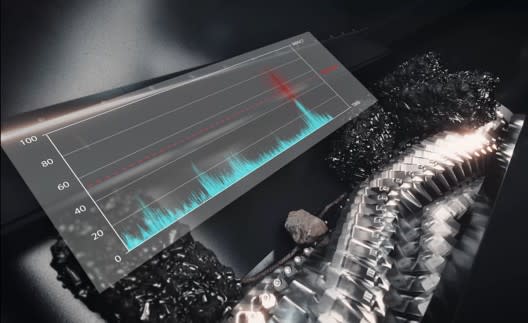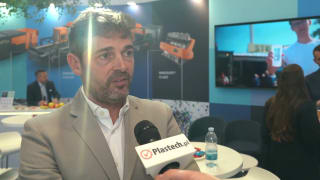
Vecoplan has expanded its Vecoplan Smart Center digital platform with the Vecoplan Intelligent Detect module, a self-learning vibration monitoring system designed for shredding applications in variable operating conditions. The approach focuses on adaptive detection and immediate intervention during operation, rather than long horizon forecasting. According to the company, the module can cut the risk of serious machine damage by up to 60 percent and reduce machine delays by up to 70 percent. VID uses high-frequency sensors to capture small vibrations in the cutting process, compares the signals with material-specific thresholds and, if required, initiates measures such as stopping the rotor to prevent damage. The system assists operators in localising the ingress of foreign material and documents the intensity of impacts for analysis of recurring faults. The learning function creates thresholds for each input material within minutes and factors in machine speed and ram behaviour. Operators can select predefined recipes for different feedstocks and outputs. Data from VID is integrated into VSC for real-time transparency, remote monitoring and parameter adjustment. Bearings can be monitored to evaluate condition and estimate remaining service life. Both VID and VSC can be retrofitted by adding sensors and an evaluation unit.
Adaptive vibration monitoring and immediate response
Unlike conventional predictive maintenance concepts that aim to forecast failures, the VID module detects deviations as they occur and reacts in real time. When sensor signals exceed the material-specific limits, the system can intervene immediately, for example by stopping the rotor to prevent consequential damage. If foreign material enters the shredder, the system supports precise localisation so operators can identify the point and conditions of entry and take targeted countermeasures. Patrick Pfeiffer, Director Sales Service at Vecoplan, said: "Ultimately, this specifically means fewer repairs, less tooling and shorter downtimes for our customers, enabling them to produce much more cost-effectively." According to the company, the exact intensity of each impact is recorded to facilitate analysis of recurring faults and to improve process stability.
Material-specific learning and recipe management
The module incorporates a material-specific learning function. During setup of a new material, VID analyses vibration values for a few minutes and automatically generates an individual threshold. The system distinguishes, for example, between lightweight films and hard plastics, and it also takes machine speed and ramming behaviour into account. Operators can store and activate programmes via a recipes function, define the desired output and switch between input materials with a single action. The system remains adaptable after a rotor change or adjustments to machine geometry. Vecoplan reports that, in initial usage scenarios, the approach has substantially reduced the risk of serious damage and cut delays by up to 70 percent. Pfeiffer added: "Our tests have shown that our customers who use VID not only experience less downtime, they also enjoy a whole new level of operational reliability." In addition, vibration analysis can indicate typical bearing failures long before they occur.

The high-frequency vibration sensors of the new, self-learning technology ‘Vecoplan Intelligence Detect’, can detect foreign materials before damage can occur.
Data integration via Vecoplan Smart Center
The Vecoplan Smart Center serves as the digital framework for VID. It aggregates machine and process data in a standardised interface, including speeds, power values, ram movements, vibration profiles and alerts for foreign material. The platform provides transparency for operators and service technicians, enables real-time status tracking and allows settings to be monitored and adjusted as needed, including remotely. As Pfeiffer explained: "With the VSC, we’re providing our customers with a tool that goes far beyond classic machine operation. It creates the basis for data-driven decisions and a sustainable optimisation of the entire value chain."
Retrofit options for new and existing systems
Both VSC and VID can be integrated into existing machines. Retrofitting adds only the sensors and an evaluation unit, without lengthy adjustment phases. The module is intended to make processes more transparent and controllable while actively reducing the risk of damage, with the goal of improving efficiency and reducing downtime in shredding operations.


